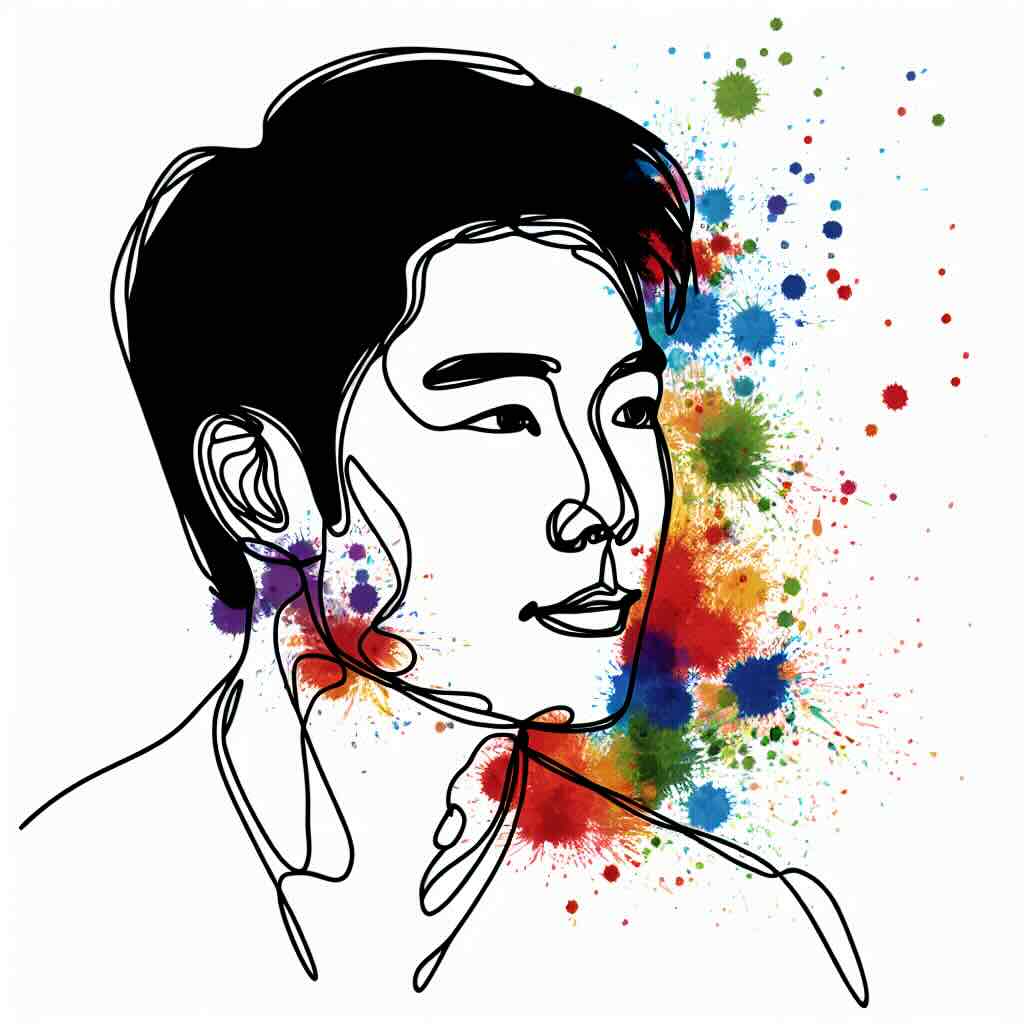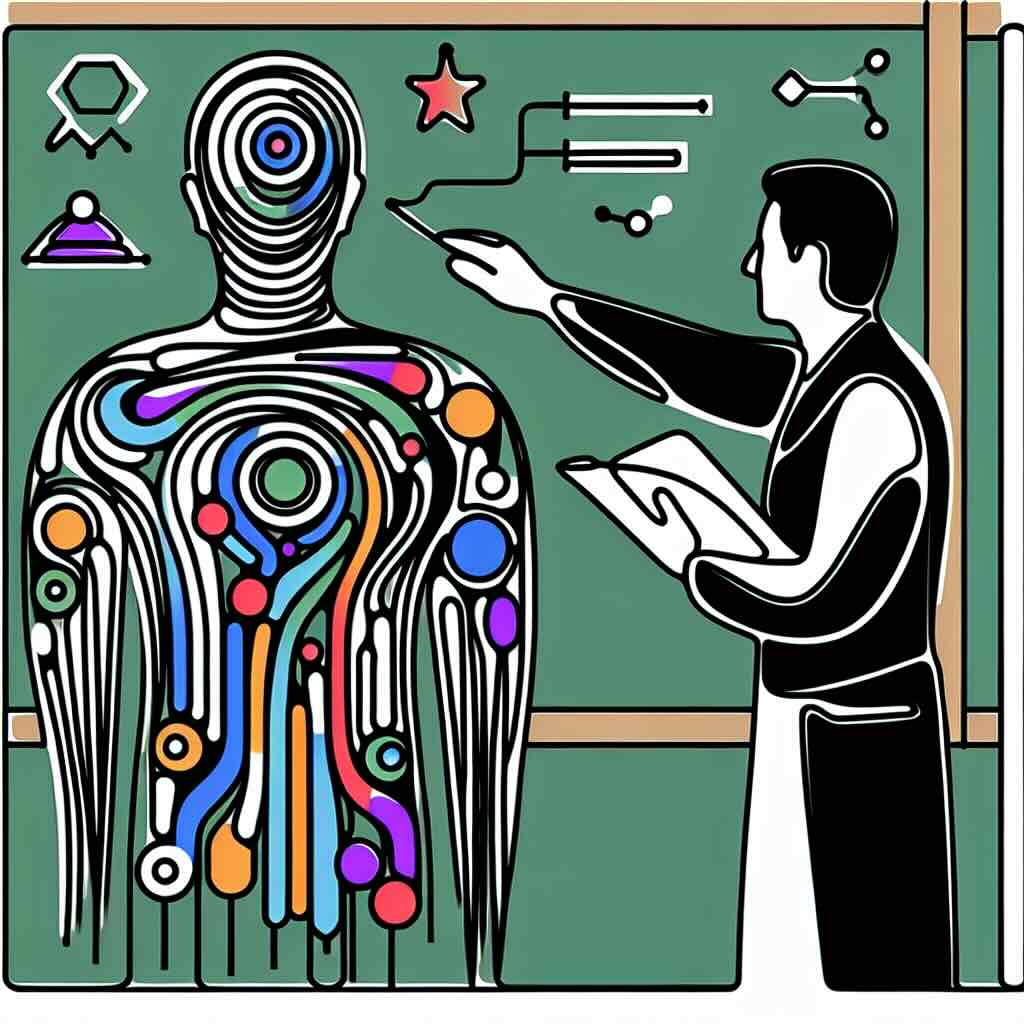Incorporating behavioural psychology into instructional design can significantly enhance learner motivation. Understanding how to apply these psychological principles can lead to more effective learning experiences. This post explores the fundamental role of behavioural psychology in instructional design and provides practical tips you can use to motivate your learners.
Table of Contents
1. Introduction to Behavioural Psychology
2. Applying Positive Reinforcement
3. Building Self-Efficacy in Learners
4. Establishing Clear Learning Purpose / Goals
5. Using Social Learning Techniques
6. Benefits
7. Risks
8. One thing you can try
9. Conclusion
10. Try it yourself
11. Related topics
1. Introduction to Behavioural Psychology
Behavioural psychology focuses on the study of observable behaviour and the ways it can be influenced by the environment. In instructional design, leveraging this understanding can lead to accommodating for more engaging and effective learning experiences within your learning designs. By identifying triggers, responses, and reinforcements, you can craft educational materials that resonate more deeply with learners. The ultimate goal is to produce a learning environment where positive behaviours are encouraged and recurring.
2. Applying Positive Reinforcement
Positive reinforcement is a cornerstone of behavioural psychology and can be a powerful tool in motivating learners. By systematically rewarding desired behaviours, instructional designers can keep learners engaged and encourage continuous effort. Rewards can be as simple as visible praise, badges, or recognition that accumulates towards tangible rewards. The type of reinforcement should be adequate for the learner's in question to ensure it supports their drive to succeed and is not just added 'for the sake of it'.
3. Building Self-Efficacy in Learners
Self-efficacy, or the belief in one's abilities to succeed in specific situations, is crucial for learner motivation. Instructional designers can bolster self-efficacy by creating tasks that start easy and gradually increase in difficulty, providing regular feedback, and celebrating small victories along the way. This incremental approach helps learners build confidence in their capabilities, making them more likely to engage deeply with the material.
4. Establishing A Clear Learning Purpose / Goal
Setting clear, achievable learning goals is another fundamental principle of behavioural psychology that aids in motivation. When learners understand what is expected of them and the steps required to get there, they are more likely to stay focused and committed. Breaking down complex information into manageable chunks and setting specific milestones helps learners track their progress and stay motivated throughout the learning process.
5. Using Social Learning Techniques
Social learning theory posits that people learn from one another, via observation, imitation, and modelling. Harnessing this concept, instructional designers can design for collaborative learning experiences where learners can share knowledge and support each other’s growth. Group activities, peer reviews, and discussion forums are powerful tools that promote social learning and provide learners with diverse perspectives, further motivating them to engage.
6. Benefits
1. Enhanced learner engagement and retention.
2. Improved performance through targeted reinforcement.
3. Greater learner confidence and autonomy.
7. Risks
1. Over-reliance on rewards might undermine intrinsic motivation.
2. Setting goals too high may lead to frustration and disengagement.
3. Improper application of social learning can lead to groupthink.
8. One Thing You Can Try Today
Try crafting a small, achievable goal with a reward system to test the positive reinforcement theory. For example, create a quiz related to your learning material and offer a digital badge for completion. Observe how this influences learner participation and motivation.
9. Conclusion
Behavioural psychology offers a wealth of strategies for instructional designers aiming to motivate learners. By understanding and applying its principles, designers can create more engaging and effective learning experiences that promote both intrinsic and extrinsic motivation.
10. Try it yourself
1. Review your current instructional materials and identify areas where behavioural psychology principles can be applied.
2. Implement one new strategy based on this blog post, such as positive reinforcement or clear goal setting.
3. Track learner engagement and performance to assess the impact of these changes.
11. Related Topics
1. Cognitive Load Theory in Instructional Design
2. Gamification in Learning
3. Principles of Adult Learning Theory







